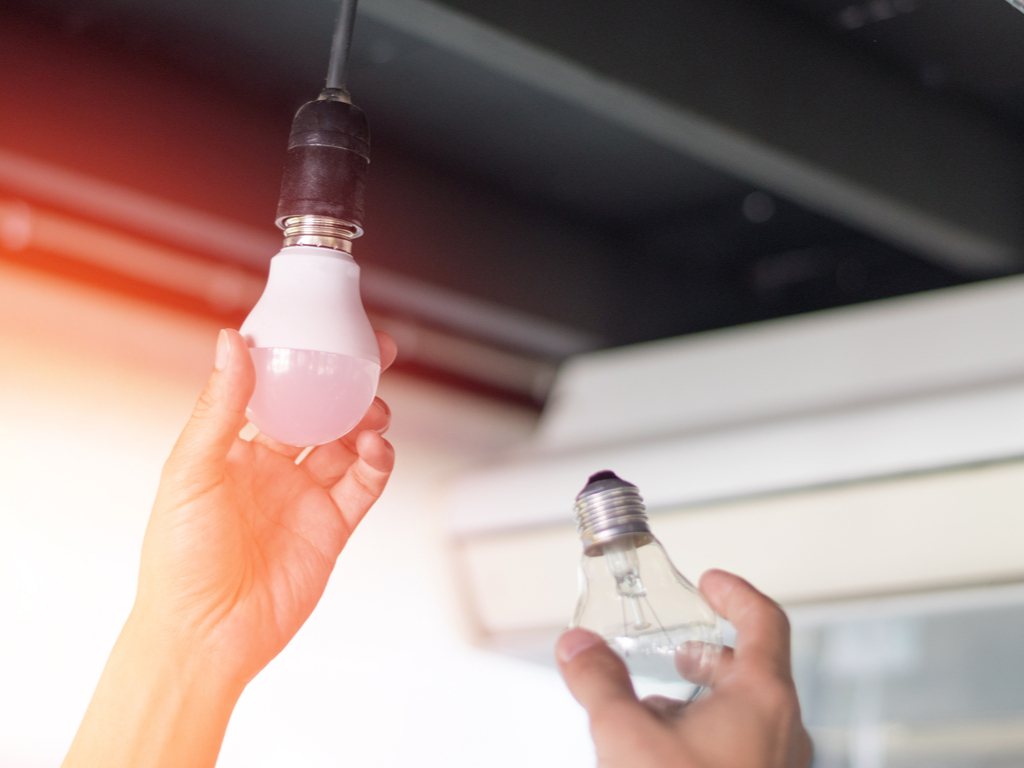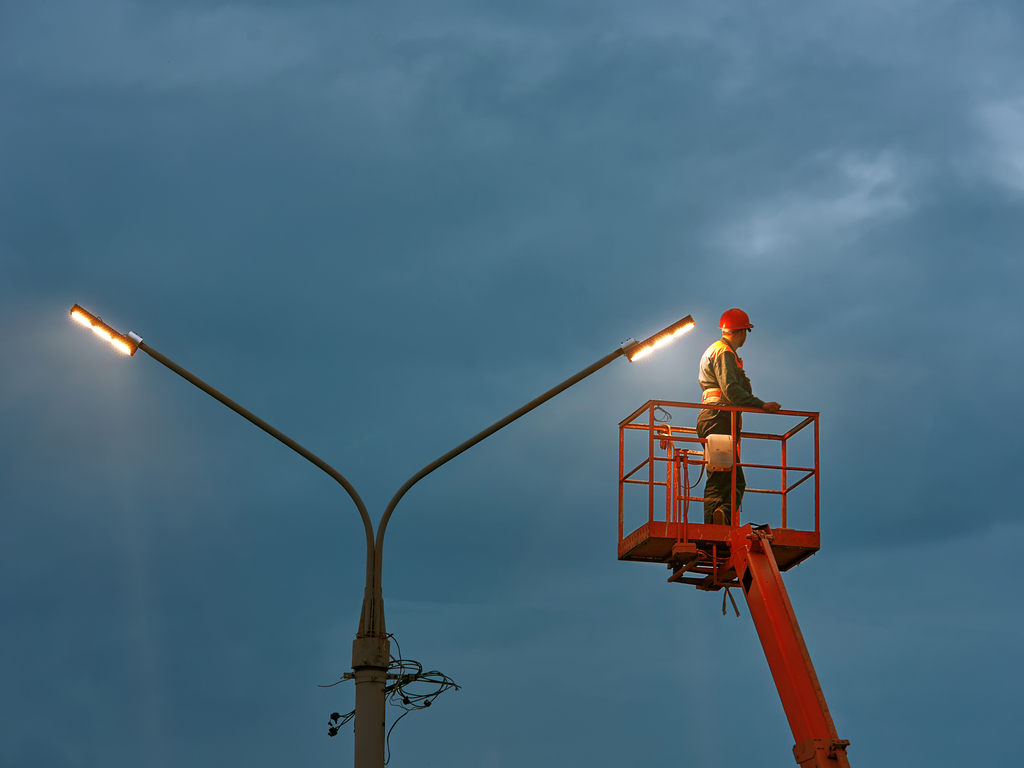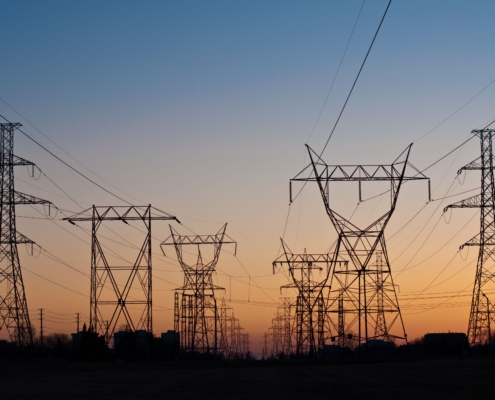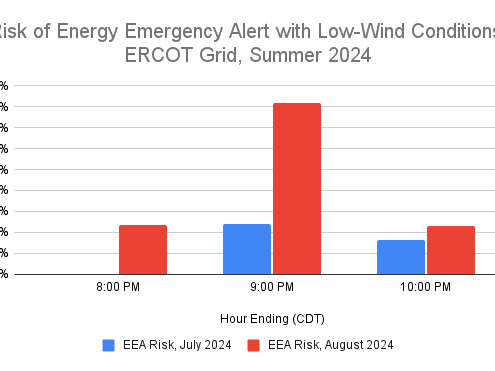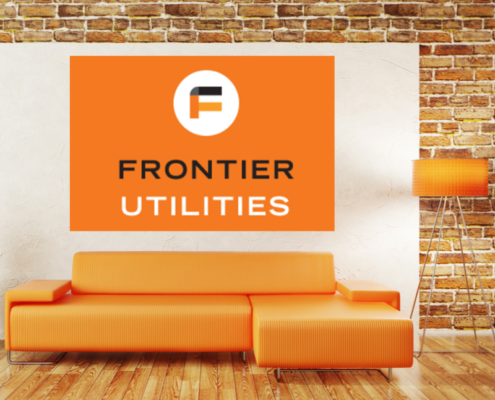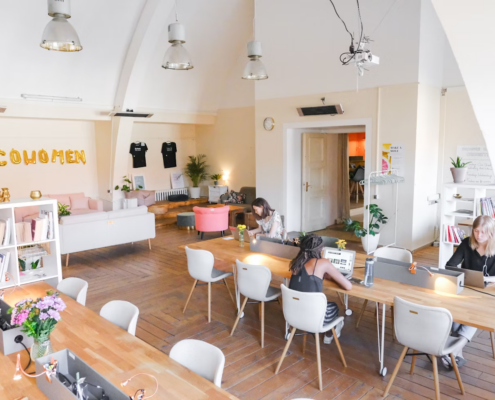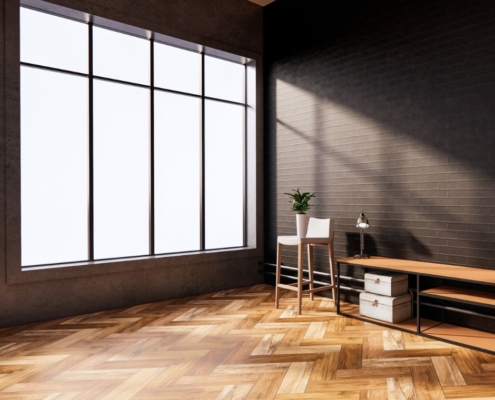Last Updated on January 22, 2022 by Mary Pressler
Benefits of Upgrading to LED Lighting
LED lighting is often recommended by energy consultants when home and business owners want to reduce their power bills. LED products also save money by making lamp replacements less frequent, since they have a longer service life.
When you use LED lighting in air conditioned spaces, the electricity savings are even higher. You are not only reducing the power consumption by the lighting system itself, but also the heat that must be removed by cooling equipment.
In addition to being efficient, LED lighting provides safety advantages: the lamps themselves are easier to handle, and they can operate longer on backup power thanks to their low consumption. LED lamps can also restart instantly after an accidental disconnection, while the HID lamps used in outdoor and industrial locations have a restrike time. This means HID lamps leave the area in the dark for a few minutes when switched off accidentally, but this is not an issue with LED lighting.
How Much Energy Does LED Lighting Save?
Before upgrading to LED lighting, homeowners and companies normally want to know how much electricity they will save. LED lighting is almost always a good investment, but the exact savings depend on two main factors:
- What type of lighting is being upgraded? If the existing light fixtures are old and inefficient, the potential savings of an LED upgrade are higher.
- What is the operating schedule? When upgrading to LED, prioritize the lighting fixtures that are used regularly. For example, you will see major savings if you upgrade parking lot lights that are used 12 hours per night, but you will not save much when replacing lamps that are rarely used.
The exact savings of an LED upgrade can only be determined with a professional assessment of your current lighting system. However, the following table can give you an idea of what to expect. The table shows typical lamp wattages, but keep in mind they can change slightly depending on the brand and product.
| Existing Lamp or Fixture | Equivalent LED | Typical Savings |
| 60 W incandescent bulb | 9 W LED bulb | 85% |
| 50 W halogen bulb | 9 W LED bulb | 82% |
| 15 W compact fluorescent light (CFL) | 9 W LED bulb | 40% |
| 32 W fluorescent tube, 4 feet long (T8) | 15 W LED tube | 53% |
| 450 W metal halide pole light | 150W LED fixture | 66% |
| 300 W cobra head pole light | 100W LED fixture | 66% |
| 250 W metal halide wall pack | 50 W LED wall pack | 80% |
| 1000 W metal halide area light | 300 W LED area light | 66% |
As you can see, the highest savings (by percentage) are achieved when LED lamps replace incandescent or halogen bulbs, and there are also major savings when upgrading HID lamps. The savings are moderate when replacing fluorescent lights, since the efficiency gap between them and LEDs is smaller.
As mentioned above, electricity savings are higher when LED lighting is deployed in air conditioned spaces or cold storage areas. In this case, there are both lighting savings and cooling savings. Consider the following example:
- Assume a commercial building has 2,000 fluorescent lighting fixtures, each consuming 96 watts. The total consumption is 192,000 W (192 kW).
- They are replaced with equivalent LED fixtures that only consume 40 watts, reducing the total consumption to 80,000 W (80 kW)
- The power consumption of the lighting system has now been reduced by 112,000 W (112 kW). Most of this electricity was previously becoming heat, forcing the air conditioner to consume more energy.
- If the air conditioner uses one watt of electricity for every four watts of heat removed, its average power consumption is down by 28 kW.
In this case, 112 kW are saved by reducing the power consumption of the lighting system, and an additional 28 kW are saved by reducing the air conditioning load. This is a very simplified example, but it demonstrates the concept. For an actual building, the best recommendation is contacting a consulting engineer who can calculate your savings with energy modeling software.
How LED Lighting Prevents Frequent Lamp Replacements
LED lighting provides additional savings beyond a power bill reduction. Thanks to their long service life, LEDs don’t require replacements as frequently as older lamp types. A common error is calculating the payback period using only the electricity savings, but they only tell part of the story. The following table compares the typical service life of some common lamp types with that of equivalent LED products:
| Type of Lighting | Typical Service Life | LED Upgrade Service Life |
| Incandescent bulb | 1,000 hours | 25,000 hours |
| Halogen bulb | 2,000 hours | 25,000 hours |
| Compact fluorescent light | 10,000 hours | 25,000 hours |
| Fluorescent tube (T8) | 20,000 hours | 50,000 hours |
| Metal halide bulb | 10,000 hours | 50,000 hours |
| Sodium vapor bulb | 20,000 hours | 50,000 hours |
Based on service life, we can conclude that LED products are actually cheaper than the lamps and fixtures they replace.
- A $2.00 LED bulb may seem more expensive than a $1.00 incandescent bulb, but consider that its service life is 25 times longer.
- In this case, you’re purchasing a single LED bulb for $2.00, instead of paying $25.00 for incandescent bulbs over time.
- Also consider that the LED bulb will use 85% less energy than all the incandescent bulbs replaced over time.
Replacing lamps in homes and commercial buildings is simple, but the task is much more difficult in industrial settings. Electricians must use mechanical lifts to reach light fixtures and replace their bulbs, which means there is a high labor cost (relamping a single light fixture can cost hundreds of dollars). By upgrading to LED lighting, managers are not only saving electricity, but also expensive replacements.
How LED Lighting Improves Safety
The safety advantages of LED lighting start from the installation phase. LED products are normally lighter than the fixtures they replace, making them safer to handle. LED lamps can also be manufactured without glass, which means they will not shatter on impact. Just keep in mind that some LED products use glass to preserve the appearance of traditional lamps, so don’t assume all of them are shatterproof.
Thanks to their reduced energy consumption, LED lamps operate at lower temperatures than older and less efficient lamps. As a result, they are less likely to cause a burn if touched by accident. This does not mean you should handle LED lamps products when they are switched on, since they have a voltage and their heat sinks can get quite hot. However, the lower operating temperature is a safety benefit when lamps are within reach.
Another safety advantage is achieved specifically when HID lighting is upgraded to LED. As a side note, HID stands for high-intensity discharge, and this lighting type includes metal halide and sodium vapor lamps.
- These lamps have a potent lighting output, but also a major limitation. They cannot reignite immediately when switched off, requiring a cooldown period.
- As a consequence, these lamps can leave large areas in the dark for several minutes. When this happens in a factory with heavy machinery or a parking lot, the risks are very high.
Since LED lighting can restart immediately after an accidental disconnection, it removes this risk. You can use LEDs to make industrial and outdoor spaces safer, while reducing your lighting costs by over 60%.
Types of LED Lighting Upgrades
LED upgrades can be classified based on how the existing lighting system is modified:
| Type of LED Upgrade | Description |
| Relamp | These LED upgrades are the easiest and quickest. The existing lamps are simply removed from their bases, and replaced with LED lamps that are designed for the same bases and power supply. |
| Retrofit | The existing light fixtures are preserved, but their internal connections are rewired for LED lamps. If the fixture uses a ballast, it is often removed to wire an LED retrofit kit directly to the power supply. |
| Fixture Replacement | The entire fixture is removed, including the housing and its mechanical supports. The new fixture is designed exclusively for LED lighting, with an internal geometry that maximizes lighting efficacy. Fixture replacements are the most expensive LED upgrades, but they also tend to achieve the highest savings. |
The best option changes depending on your budget and site conditions. For example, a re-lamp can be a good option to upgrade the lighting in an office with minimal disruption. On the other hand, if you’re planning a major renovation, a complete fixture replacement allows maximum efficiency. Since the entire area is empty during the renovation, a major lighting upgrade can be carried out without bothering anyone.
After an LED upgrade, you can achieve even greater savings by switching to a lower electricity rate plan. This way, you’re not only reducing the number of kilowatt-hours used, but also their price. At Quick Electricity you can compare the energy plans available in Texas, and pick the best option according to your needs.

